www.passioncompassion1418.com
SURVIVING GUN FILE (# 1548)
|
www.passioncompassion1418.com
|
SURVIVING GUN FILE (# 1548)
|
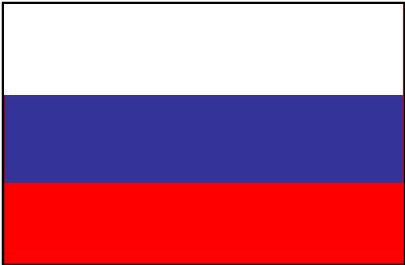 Russia
|
|
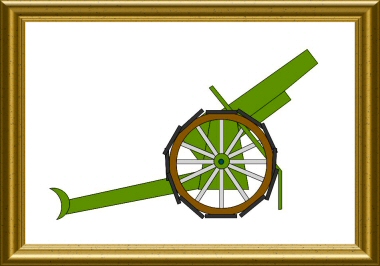 Heavy artillery
|
|||
|
Contributor :
|
Location :
Poland Warsaw Military Museum
Coordinates :
Lat : 52.18440 / Long : 21.06740
|
General comments on this surviving gun :
Identical items in the same location :
1
Items covered by this file : 1 |
|||
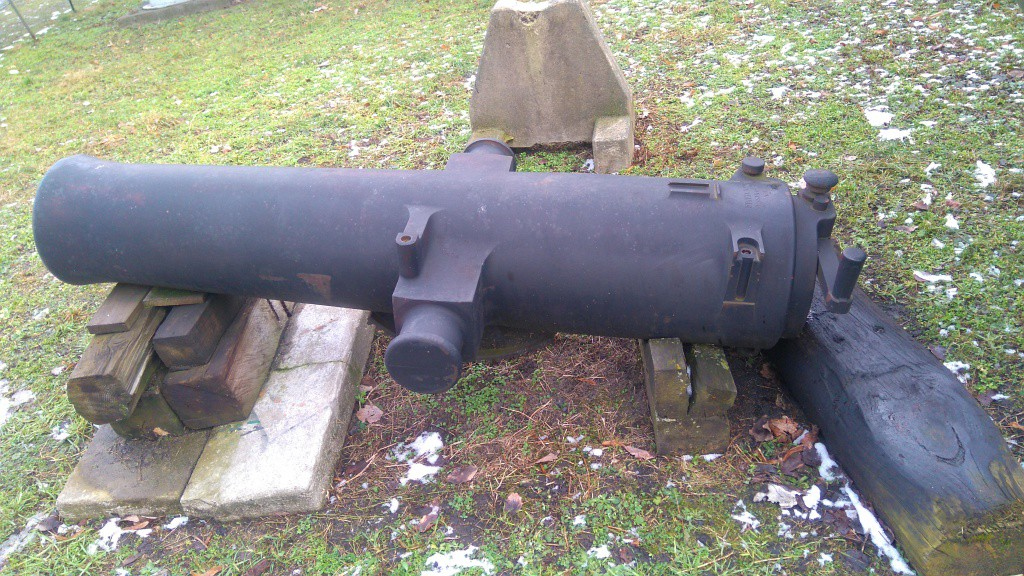
|
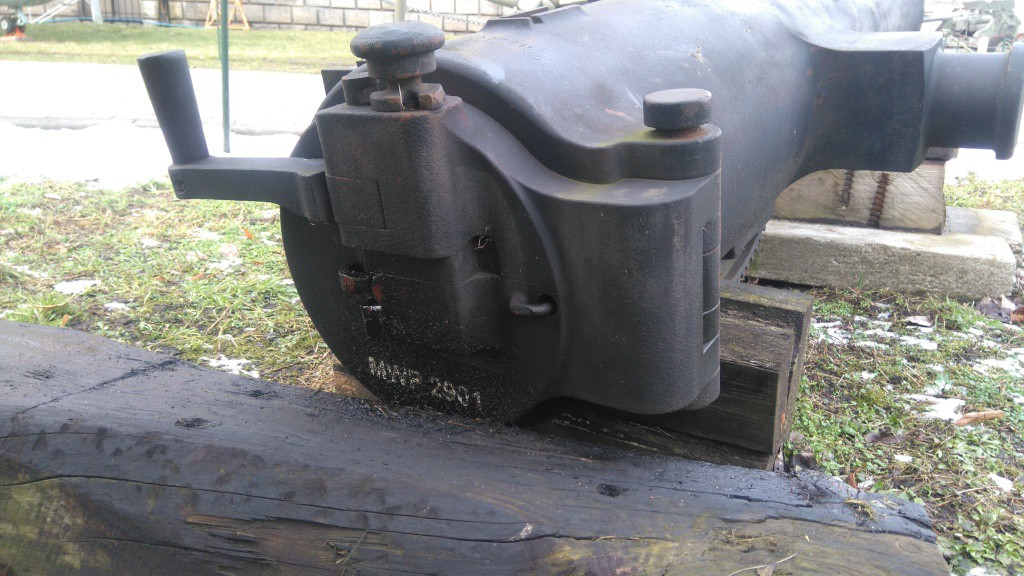
|
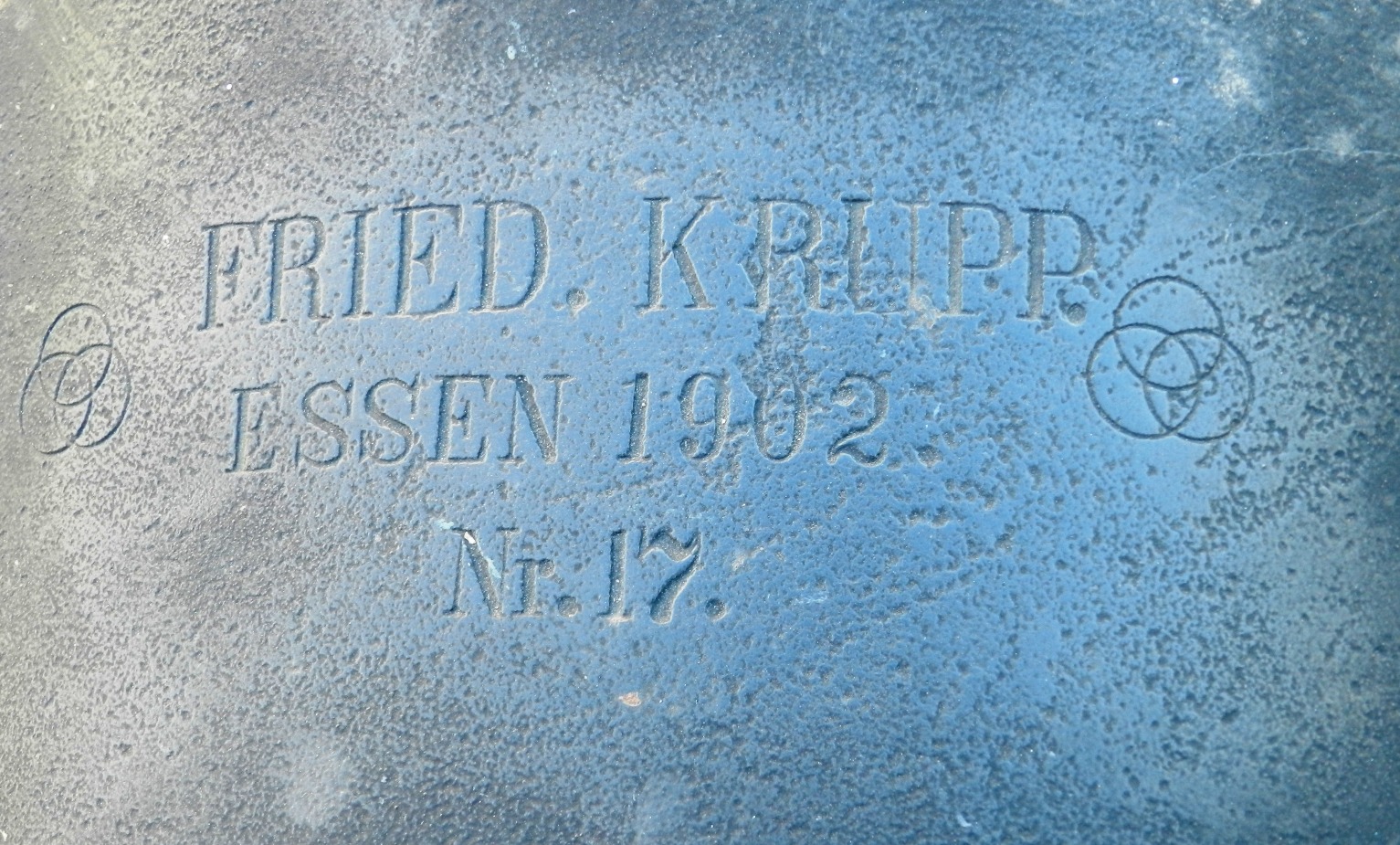
|
|||
Markings : FRIED KRUPP - ESSEN 1902 - Nr17 |
|||||
|
Historic and technical information
|
|||||
| Denomination : 15cm sH L/11 |
Origin :
|
||||
|
Historic context :
Like most of the major European arms manufacturers of the 19th century, Germany's Krupp produced variants of models designed for its own army for the export market. For example, the company supplied the Imperial Japanese Army with 18 examples of a derivative version of its '15cm schwere Feld Haubitze 93' heavy howitzer.
The presence of a tubez of this piece in Warsaw today bears witness to the sale by Japan of 12 of these obsolete weapons to the Russian armies during the First World War, who had to use them in fortress or field artillery. |
Technical data :
|
||||
|
Sources
|
|||||
|
|||||